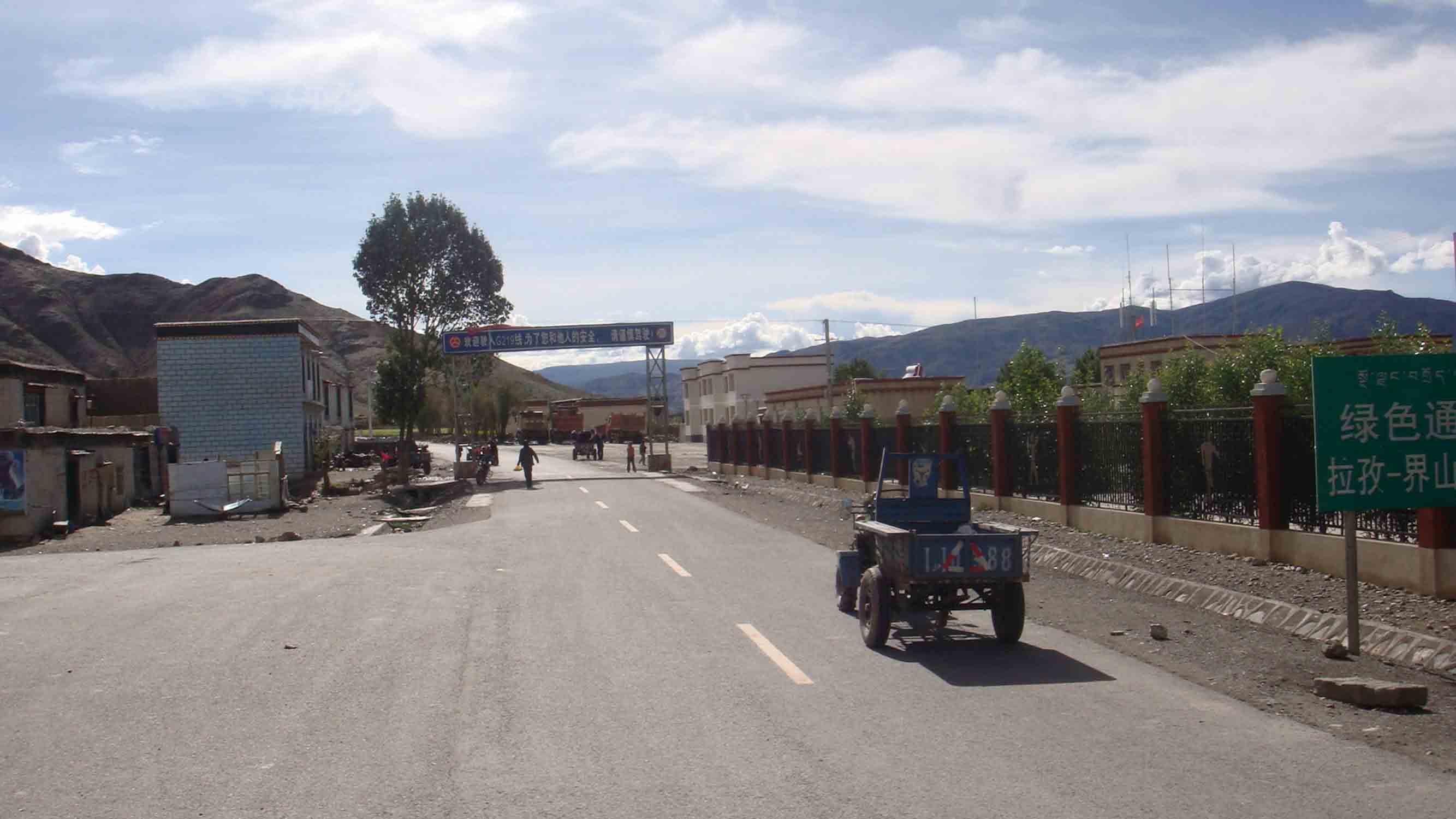China's options for Aksai Chin
August 22, 2019 | Expert Insights

Background
Aksai Chin is a barren, high altitude, isolated and mostly uninhabitable plain bordered to the West and Southwest by the Karakoram Range and to the North and Northeast by the Kunlun Mountains. This area had been claimed by India as part of the Ladakh region, now declared a Union Territory under the direct control of the Central Government in New Delhi. China claims Aksai Chin as part of the Hotan Prefecture of Xinjiang Autonomous Region of China.
In 1865, before China seized control of Xinjiang, the Survey General of British India delineated the "Johnson Line" which put Aksai Chin in Jammu and Kashmir. In the 1950s, unknown to India, the Chinese built a military road to connect Yarkant in Xinjian Province to Gartok in Tibet known as Highway 219. In 1957, China publicly announced the completion of the road but the announcement made no mention that the alignment passed through the South of the Johnson Line through the Aksai Chin region, claimed by India.
India vehemently objected to this new development and consequently, both countries fought a brief but violent border clash in 1962 in Aksai Chin and in NEFA (now an Indian State named Arunanchal Pradesh also claimed by China). Subsequently, the disputed border in this region has been mutually designated as the Line of Actual Control (LAC) and both countries have signed comprehensive Border Management Agreements since 1993 to maintain peace and tranquillity along the LAC.
Analysis
Approximately 37,000 square kilometers in Aksai Chin remains in control of the People’s Liberation Army. In addition, the Shaksgam Valley, also a part of the former Princely State of Kashmir, was ceded to China by Pakistan through a 1963 border agreement, which laid the foundation of the strategic Karakoram Highway (passing through Shaksgam Valley) connecting China and Pakistan. Article 6 of the Boundary Agreement between China and Pakistan of March 1963 stipulates that after the settlement of the Kashmir Dispute the sovereign authority concerned will reopen negotiations with China to sign a formal boundary treaty with regard to Shaksgam Valley. Speaking in the Parliament, former External Affairs Minister late Sushma Swaraj has said that under the so-called China-Pakistan "Boundary Agreement” signed between China and Pakistan on 2 March 1963, Pakistan illegally ceded 5,180 sq. kms. of Indian territory in Pakistan Occupied Kashmir to China.
The Indian Foreign Minister S. Jaishankar had assured China that Delhi was not making any additional territorial claims and the re-designation of Ladakh as a Union Territory would not impact the Line of Actual Control (LAC).
On the request of Pakistan and supported by China, the UNSC met in a close consultation session to discuss India’s revocation of the Special Status of Jammu and Kashmir and the making of new Union Territories.
The Chinese Envoy to the UN made a statement that India had challenged China's "sovereign interests" and violated a bilateral agreement related to peace in the border area. "And on that, China is also very much seriously concerned," Zhang said. "And we wish to emphasize that such unilateral practice by India is not valid in relation to China and will not change China's exercise of sovereignty and effective administrative jurisdiction over the territory."
The UNSC did not issue any formal resolution or declaration. The UN body has reiterated its earlier stand calling upon all parties to settle their disputes bilaterally. At the Foreign Ministers’ dialogue on August 11-13 in Beijing, Indian Foreign Minister, S. Jaishankar, conveyed to his Chinese counterpart that the two sides had agreed to a fair, reasonable and mutually acceptable settlement of the concerned border-area, on the basis of the 2005 Political Parameters and Guiding Principles and that India would abide by them.
Assessment
- In 1958, the Western Highway, passing through Aksai Chin was the only road access to Tibet. However, with the construction of Central and Eastern Highway alternate routes are available. Therefore, the criticality of Aksai Chin in terms of strategic mobility has diminished. Nevertheless, China is unlikely to relinquish its claims.
- The boundary issue will be up for discussion in the 22nd India - China dialogue, which is scheduled to take place in September 2019; and China is likely to maintain the status quo.
- The status of Aksai Chin and Shaksgam Valley is not settled under international law.
- In the event that J&K is irrevocably assimilated into the Indian Union through the current constitutional process, China’s stand on both Aksai Chin and Shaksgam Valley will be weakened. Therefore, safeguarding China’s security interests in Pakistan especially Gilgit – Baltistan and in Aksai Chin would be easier managed, so long as there is a nebulous Line of Actual Control in Aksai Chin.
- In India’s view, the infrastructure activity of the China Pakistan Economic Corridor (part of Belt and Road Initiative), has impinged upon India’s claimed sovereignty over Jammu and Kashmir including Ladakh. The CPEC is important to China because it gives them access to the warm water port of Gwadar, in the Indian Ocean.
- If J&K were to be separated from India and the Indian Army were made to vacate Ladakh, China could develop Aksai Chin, including Ladakh. This would give strategic depth to the CPEC, from potential Indian threat.
- Direct central rule over Ladakh has obvious security implications for China, given its occupation of the Aksai Chin area of Ladakh and the strategic infrastructure created in Shaksgam Valley.
- Therefore, it is in China’s interest to keep the disputed status of J&K alive. China will continue to strive for a negotiated diplomatic solution favouring its ally Pakistan and consequently sealing its own security interests in Aksai Chin and Shaksgam Valley.
- The proximity of the disturbed Xinjiang province and China’s security concerns with respect to external support to the Islamic groups in Xinjiang also impinges upon China to ensure that J&K is ultimately controlled by an ally.
Read more
Image Courtesy: wikimedia commons








Comments